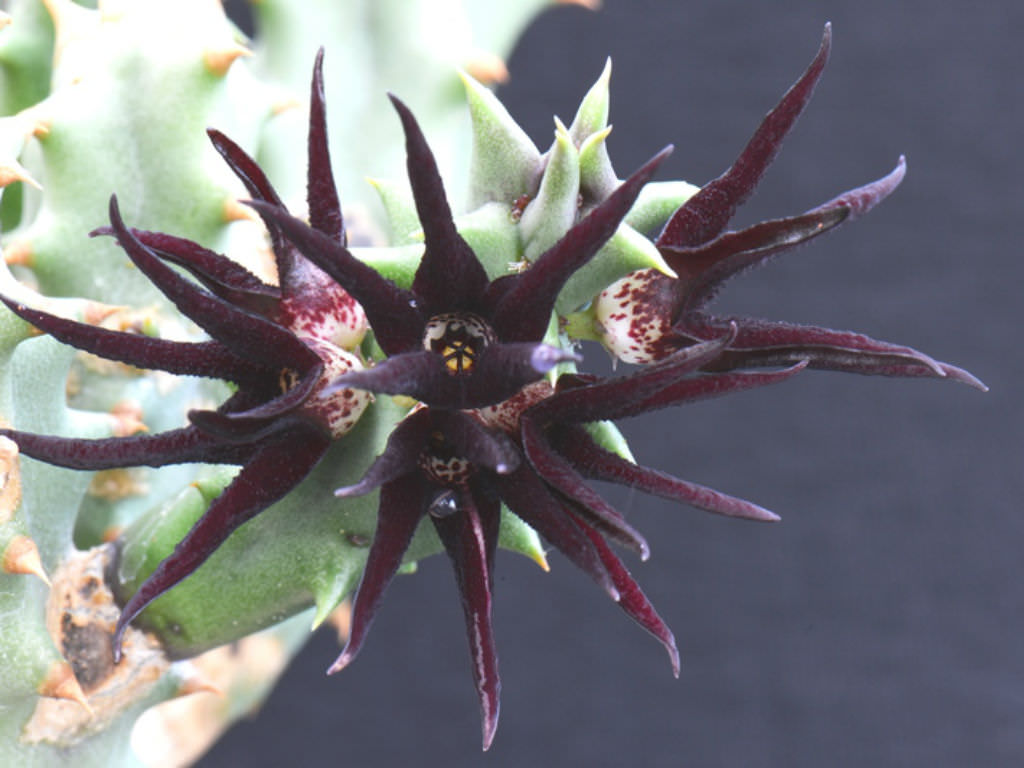

"But when you do use it, blow high, hard, and loud. "Don't use a highball within 100 yards of the ducks," says Jim Olt of P.S. The hail or highball call is an overused call in the minds of the pros. "Callers should learn to use it to add variety, but it sounds better to the caller than it does to the ducks." Haydel adds, "Most mallards I hear feed calling in the typical 'kitty, kitty, kitty' fashion are flying, while ducks feeding are more broken up and erratic sounding, like 'da-dit da-dit dit dit, da-dit dit.'" 4. "I don't feed call a lot," says three-time World Champion caller and call maker Mike McLemore. Feed callįor a basic feeding call, say "tikkitukkatikka," into the call raising and lowering the volume slightly. Rod Haydel should know he's part of Louisiana duck calling royalty-the Haydel family of Haydel's Game Calls.
#QUAQUA TIER SERIES#
It's a series of 5 to 7 notes in descending order at a steady even rhythm, Kanc, Kanc, Kanc, Kanc, Kanc," says Rod Haydel.
"I use the greeting call when I first see ducks at a distance. Stick to the basics and end your quacks, and everything else is second." The Heidelbauers should know Frank Heidelbauer designed and began making their popular calls in 1952.

People use 'qua qua qua' when there needs to be a clean, crisp, 'quaCK' instead. "One of the first things my grandfather taught me was to end my quacks. Todd Heidelbauer also stresses the importance of learning to end the quack. Basic quackĪs easy as it sounds, some callers never master a basic quack, and then wonder why the ducks don't come into their spread. Learn these, and you will be able to bring ducks closer in nearly every hunting situation.Ĭlick the icons to hear champion caller Greg Brinkley, maker of Drake Brake Duck Calls in Marion, Arkansas, demonstrate each call sound. There are eight calls every serious duck hunter should have in his or her repertoire.


 0 kommentar(er)
0 kommentar(er)
